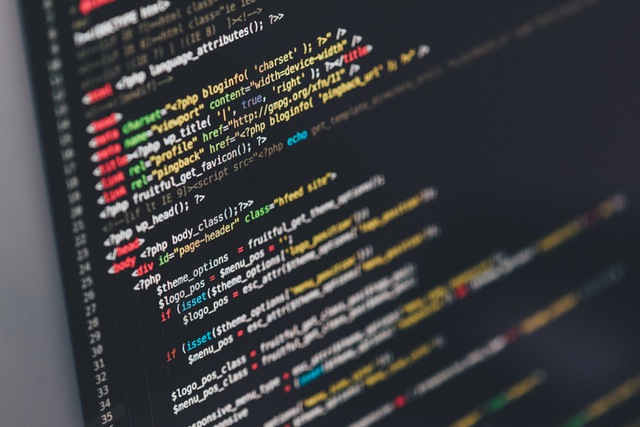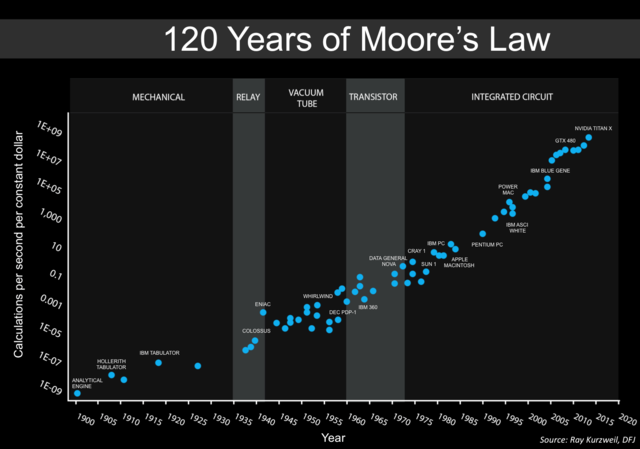Technology is becoming one of the hottest topics on the planet, if not the hottest topics, thanks to the myriad ways in which is it affecting our lives. Cast your mind back to 2013, just three and a bit years ago. In 2013, only the geekiest people in the world, like Elon Musk and Nick Bostrom were worried about the rise of the machines and supercomputers that could think for themselves. The rest of humanity was busy enjoying their smartphones and not at all worried about the robot overlords coming to take over and enslave us.
Fast forward just a few years to 2017, and top scientists like Stephen Hawking are publicly proclaiming that artificial intelligence will be an unmitigated disaster and represents an existential threat far greater than that of global warming.
The media too has picked up on all of this. Artificial intelligence was mentioned in around 0.2 percent of all articles written by the news media back in 2013. Today we’re up to 1.74 percent, and it’s escalating rapidly.
What seems strange to many people is what is driving all of this? How have we gone from a world only ten years ago where computers seemed to have reached their maximum potential and where artificial intelligence was just a pipe dream into one where it’s a reality and we’re actually discussing the rise of the Terminator without getting laughed at?
The Rise Of Big Data
Data system protection and disaster recovery have become a lot more important for businesses recently. The reason is that data, rather than experience or instinct, is now the primary driving force behind company decision-making. But data isn’t just being interpreted by experts; it’s being used to teach complex artificial intelligence systems.
Back in 2007, almost every “smart” piece of software in the world had to be handcrafted by experts. These systems were called “expert systems” to reflect the fact that they were programmed to respond as experts had programmed them. The problem with these systems is that the computers couldn’t learn by themselves. If they encountered a situation they hadn’t dealt with before, they failed and ceased to provide any value.
Then around three years ago, all that began to change. Technologists realized that they could leverage all the data being generated by the internet and use them to train neural nets – electronic circuits that mimic the behavior of brain cells and that can “learn.” Once they did this, suddenly computers were able to finally tell the difference between a cat and a dog and beat the world champion of the Asian board game Go.
The result of all of this is a brand new world. Computers are no longer restricted to performing routine tasks that programmers can describe using logic and mathematics. They are now able to do things in the non-routine realm, typically considered to be uniquely human. We’ve now got cars that can drive themselves, for instance, despite all of the millions of possible situations a car could encounter on the road. We’ve also got machines doing things like writing symphonies and poems – not very well at the moment, but passable. And machines are learning to manipulate objects, just like people. It’s a brave new world.

